Cart

How to perform Infant CPR
Becoming a parent is both exhilarating and terrifying. You’ve probably imagined everything that could possibly go wrong and if you have, you’re not alone. More experienced parents (and statistics) will tell you to relax and just do your best that most things will turn out fine. But that doesn’t mean you’re off the hook in the preparedness department. Potential emergencies that may require you to use CPR to save your baby’s life include near-drowning, suffocation, accidental poisoning, smoke inhalation, and suspected sudden infant death syndrome (SIDS.
This video demonstrates how to perform CPR with two rescuers using bag-mask valve device. CPR must be conducted on a flat surface this ensures proper delivery of compressions and remove any clothing. The first step is the check infant responsiveness we can tap the foot and ask the baby if they are ok. A response would be a cry, movement, or any noise coming from the infant. If the infant does not respond we must immediately prepare to start CPR and call 911. If another person is with you they will make the call while you attend to the infant.
Once you have determined that the baby is not breathing and is not alert and awake, you need to call 911. If you are not alone, one person makes the call while the other tends to the infant. If you are alone, follow these steps before calling for help. Begin CPR immediately you will encircle the baby with your thumbs down the middle of the breastbone below the nipple line. You will perform 15 compressions for two-rescuer situation and then deliver two breaths to the infant. You will need to obtain 100-120 compressions per minute to give adequate perfusion to the baby.
You will deliver breaths to the baby after delivering the 15 compressions. With one hand, tilt the baby’s head back, lifting the chin to open the airway.
With the other hand, pinch the baby’s nose to close the nostrils put your mouth over the infant’s mouth. Deliver a full one-second rescue breath.
You should have sufficient air blowing into the baby to see both chest walls rise. Perform 2 rescue breaths and then go back to chest compressions.
You will continue in this pattern until help arrives. When you call for help, be sure the infant won’t roll off of a high surface if he or she wakes up. After placing the call, return to the infant and resume CPR.
